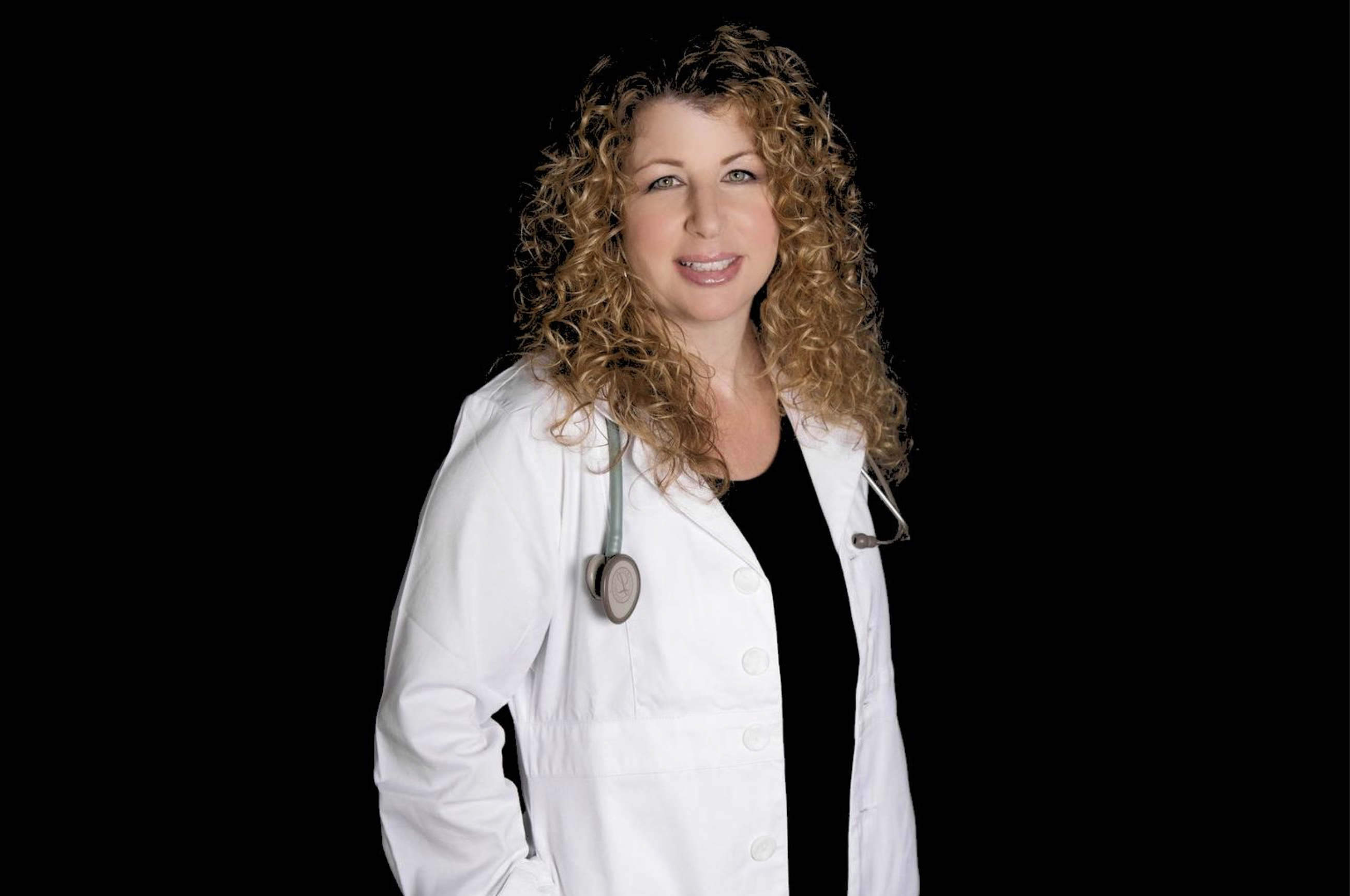Cancer and Cannabis: Nausea, Appetite, and Pain Relief
All Blog PostsDiscover how medical cannabis can ease chemotherapy nausea, boost appetite, and relieve cancer pain — supported by decades of research and patient experience.
The first scientific evidence that cannabis could help cancer patients came nearly 50 years ago, when a 1975 study published in the New England Journal of Medicine found that patients receiving THC before chemotherapy experienced less nausea and vomiting without significant side effects.¹
Through the 1970s and 1980s, several states, including California, New York, New Mexico, and Michigan, conducted studies to see if cannabis could help where conventional anti-nausea drugs failed. Time after time, the results were clear: cannabis worked just as well—and often better—than standard medications.
A pivotal 1979 National Cancer Institute study compared oral and smoked THC with placebos. Researchers discovered that when blood levels of THC were higher, nausea and vomiting dropped dramatically—from 44% of patients at low levels to only 6% at high levels. Smoked THC proved more reliable because it was absorbed more quickly and consistently into the bloodstream.²
By the late 1980s, researchers reported that 78% of cancer patients who hadn’t responded to prescription antiemetics found relief with cannabis.³ Later, in 1995, Israeli scientists studying delta-8-THC (a less potent isomer of delta-9-THC) found it prevented nausea and vomiting in pediatric cancer patients with almost no side effects.⁴
Despite decades of data supporting its effectiveness, cannabis use for symptom management remains restricted in some areas. Yet, in states with medical cannabis programs, many cancer patients now turn to it as a natural and effective way to control chemotherapy-induced nausea and vomiting. While newer antiemetic medications are available, not every patient responds well, and some can’t tolerate or afford them. For these individuals, medical cannabis is a safe, reasonable, and often life-changing alternative.
THC, CBD, and Appetite in Cancer Patients
Loss of appetite and unintentional weight loss are among the most distressing effects of cancer and its treatments. Many patients experience cachexia, a syndrome marked by weakness, muscle wasting, and profound fatigue. Unfortunately, it’s notoriously difficult to treat with conventional medicine. This is where cannabis can play a remarkable role. The well-known “munchies” effect isn’t just a joke, it reflects a real biological process. Cannabinoids like THC and CBD interact with endocannabinoid receptors in the brain that influence hunger, pleasure, and the perception of taste and smell.
What the research shows
-
Men who smoked cannabis consumed about 40% more calories than those given a placebo.⁵
-
Rats injected with anandamide, the body’s natural cannabinoid, ate twice as much food.⁶
-
In clinical trials, oral THC increased body weight in Alzheimer’s and cancer patients.⁷
-
Cancer patients who took dronabinol (a synthetic THC medication) gained weight and reported that food tasted better and appetite improved before meals.⁸ ⁹
-
Even low-THC cannabis extracts stimulated appetite in animal studies, suggesting that other cannabinoids also contribute to this effect.¹⁰
Together, these findings show that cannabis not only restores appetite but can also rekindle the enjoyment of eating, which is often lost during cancer treatment.
Cannabis for Cancer Pain
Pain is one of the most common and difficult symptoms cancer patients face. Opioids remain the standard of care for moderate to severe cancer pain, but not everyone finds adequate relief, and side effects such as drowsiness, constipation, and dependency can make long-term use challenging.¹¹ ¹²
Many patients find that cannabis offers meaningful relief, either alone or in combination with opioids, which has been found to be safe. It can be particularly effective for neuropathy, or nerve pain, a common side effect of chemotherapy.
Key studies on cannabis and cancer pain
-
Higher doses of oral THC provided significant pain relief compared to placebo, with effects lasting up to six hours.¹³
-
When compared head-to-head with codeine, THC at higher doses reduced pain just as effectively.¹⁴
-
In a study of 39 patients who had not responded to opioid therapy, a combination THC:CBD extract reduced pain, improved sleep, and decreased fatigue without tolerance or loss of effect.¹⁵
-
A large, multicenter, placebo-controlled trial found that combination CBD+THC extracts significantly improved pain control in patients with advanced cancer, while THC alone did not.¹⁶
These studies highlight that the synergy between THC and CBD, called the entourage effect, may be key to cannabis’s success in relieving pain.
For cancer patients who struggle with inadequate pain control, cannabis can be a viable and safe option, used alone or alongside opioids to provide more complete relief with fewer side effects.
Drug Interactions
There are several known interactions between cannabinoids and certain medications that patients undergoing cancer treatment should be aware of. Some of these effects are related to how cannabinoids are processed in the body. Both THC and CBD are metabolized in the liver by enzymes that also process many chemotherapy drugs, targeted therapies, and other supportive medications.
Because of this, cannabinoids may alter how quickly or slowly these drugs are broken down, which could affect blood levels of certain medications. In some cases, this might increase side effects; in others, it could reduce a drug’s effectiveness. Additionally, there are some published studies that question the interactions between cannabinoids and immunotherapy.
For these reasons, anyone considering medical cannabis during cancer treatment should always discuss it with a cannabis-knowledgeable clinician. With careful guidance, cannabis can be used safely and effectively as part of a comprehensive treatment plan that prioritizes comfort, symptom control, and overall well-being.
Real-World Experience: What Patients Tell Me
In my practice, I’ve worked with thousands of cancer patients, including children, who have used medical cannabis as part of their treatment. Patients report better appetite, improved mood, deeper sleep, less pain and better pain control, and greater tolerance for chemotherapy and radiation. Many say they don’t think they would have continued treatment without cannabis to help manage their symptoms and provide relief.
For these patients, cannabis has supported a better quality of life and greater resilience throughout the difficult course of treatment.
Learn More
Medical cannabis continues to emerge as a powerful, evidence-based option for managing cancer-related symptoms, from nausea and appetite loss to pain and fatigue.
Most oncologists are not knowledgeable about cannabinoid compounds, dosing, or the nuances of how cannabis interacts with cancer treatments. This is why it’s so important for patients to seek guidance and education from a clinician experienced in medical cannabis. A knowledgeable cannabis clinician can help determine safe and effective dosing, identify potential drug interactions, and tailor recommendations to each patient’s unique needs and treatment plan, ensuring that cannabis is used thoughtfully as a supportive therapy that complements, rather than conflicts with, conventional cancer care.
If you’re exploring medical cannabis as part of your or your loved one's cancer treatment, our clinicians at GoldsteinWellness.com can provide expert guidance to ensure its safe and successful use.

